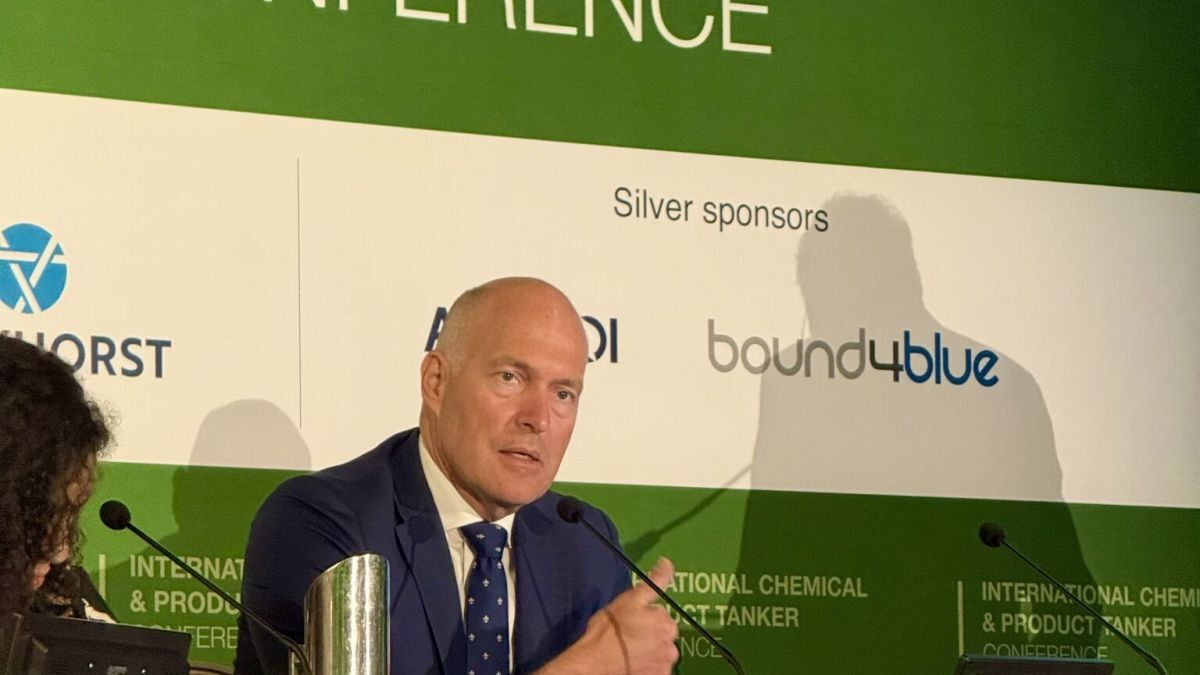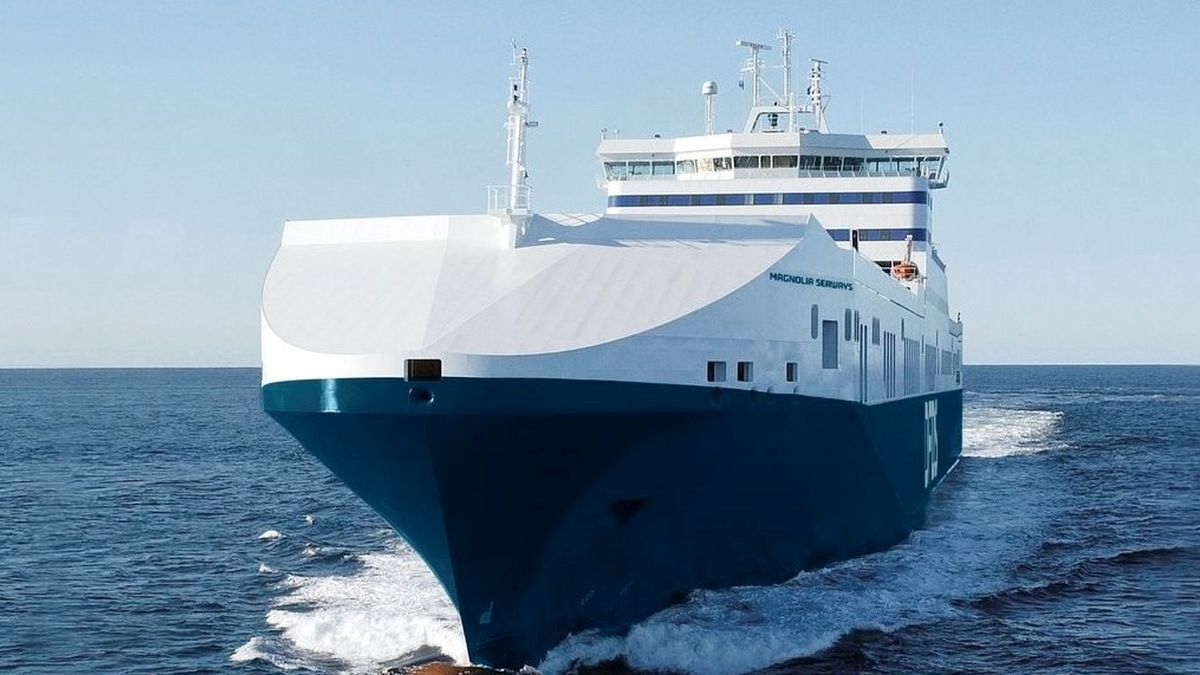Business Sectors
Events
Contents
Making the most of the Miller cycle 1
Since the Miller cycle was introduced in the late 1940s it has found application in four-stroke designs ranging from automotive spark-ignited engines to heavy duty diesels
The Miller cycle is applied to achieve various goals, including higher load capabilities, improved thermal efficiency, lower NOx emissions and reduced thermal loading of engine components.
In a four-stroke engine with conventional valve timing the compression and expansion ratios are essentially equal and determined by the ratio of cylinder volume at bottom dead centre (the sum of clearance volume and displaced volume) and cylinder volume at top dead centre (the clearance volume).
In an engine exploiting the Miller cycle the effective compression ratio is reduced relative to the expansion ratio by closing the intake valve either before or after the conventional intake valve closing position, respectively referred to as:
• Early intake valve closing (EIVC): the intake valve is closed before its traditional closing point (typically 20 to 30 degrees after BDC, depending on how the closing point is defined). The earlier the valve is closed, the greater the difference between the effective compression ratio and the expansion ratio.
The valve is closed during the intake stroke and the cylinder charge expanded to lower temperature and pressure during the remainder of the stroke. If constant charge mass per cycle is maintained through increased manifold pressure, the manipulation of the cycle in this way results in peak compression temperatures which are significantly lower than would be achieved with traditional valve timing.
• Late intake valve closing (LIVC): the intake valve is closed later in the compression stroke than the traditional closing point. Again, the further the closing point is from the standard, the greater the reduction in effective compression ratio.
A portion of the charge is forced back into the intake manifold during the compression stroke, and compression does not begin until later in the stroke. If manifold pressure is increased to maintain constant charge mass, the compression temperature is reduced compared with conventional valve timing.
This reduction in compression temperature for a given engine geometry can be (and has been) put to a number of uses. In the case of heavy duty, lean burn natural gas engines, for example, the most appropriate application of the Miller cycle is to mitigate engine knock – allowing a higher in-cylinder expansion of the burnt gases and thus fostering a higher thermal efficiency for a given NOx emission level and engine load.
When Miller first conceived this alteration in valve timing to reduce compression temperatures, his intention was to lower thermal loading on diesel engine components and thus allow higher loads. Diesel engine loads at the time were limited by the available turbomachinery and component mechanical stresses.
Miller and other engineers at Nordberg Manufacturing in the USA went on to exploit early intake valve closing both to increase diesel engine load capabilities and to allow a single engine design to operate in diesel, dual fuel or spark-ignited modes. Essentially, rather than requiring different pistons for each engine version, the Nordberg engine achieved a reduced effective compression ratio by manipulating the intake valve closing point.
In developing its high performance 32FX medium speed engine, Niigata opted for the Miller cycle to keep the Pmax and temperatures in the combustion chamber at a normal level, and reduce NOx emissions, while increasing the brake mean effective pressure. The system was designed to reduce charge air temperature and pressure before compression (thus lowering the combustion temperature) by subjecting the charge air in the cylinder to adiabatic expansion.
Miller selected the advanced closure timing route for the 320mm-bore engine, adopting a closing timing of 10 degrees before BDC in contrast to the 35 degrees after BDC applied in the established L32CX base engine.
With the intake valve closed before BDC at the normal boost pressure, the exhaust temperature rises as the intake air volume is reduced; this effect makes it necessary to increase the boost pressure to achieve the targeted output, which lowers the exhaust temperature.
Securing a higher boost pressure than that obtainable with single-stage turbocharging called for the adoption of a two-stage system in which the low pressure and high pressure turbochargers are connected in series with two intervening air coolers. The desired power rate of 38.2 (3.09 MPa brake mean effective pressure x 12.4m/s mean piston speed) at 110 per cent maximum load – reportedly the highest of any engine in the circa-320mm-bore class – was achieved.
In addition, the NOx emission level with the Miller cam was 20 per cent lower than with a conventional cam, equating to 5.8g/kWh compared with the IMO limit of 11.2g/kWh at 1,030 rpm in E3 mode. Fuel consumption with a conventional cam was lower than with the Miller cam at low loads (which could anyway be improved by using a variable geometry cam) but it rose rapidly at higher loads and exceeded the Miller cam at a load of around 75 per cent.
ABB’s TPL77-A30 and TPL80-A30 models provide a sufficient turbocharger speed margin for incorporating the Miller cycle (with early intake valve closure) in Wärtsilä’s L64 design – the world’s most powerful medium speed engine – and thus secure a higher compressor pressure ratio. In conjunction with the competitive turbocharger overall efficiency, this fosters the lowest specific fuel consumption while maintaining compliance with the IMO emission regulation.
Wärtsilä also introduced the Miller cycle for the B-version of its W38 medium speed engine. MP
Reference: Development considerations for lean burn natural gas engines employing the Miller cycle (Dr Joel Hiltner, Hiltner Combustion Systems, USA, and Dr Scott Fiveland, Caterpillar Inc: CIMAC 2004, Kyoto).
Related to this Story
Events
Maritime Environmental Protection Webinar Week
Cyber & Vessel Security Webinar Week
The illusion of safety: what we're getting wrong about crews, tech, and fatigue
Responsible Ship Recycling Forum 2025
© 2024 Riviera Maritime Media Ltd.













